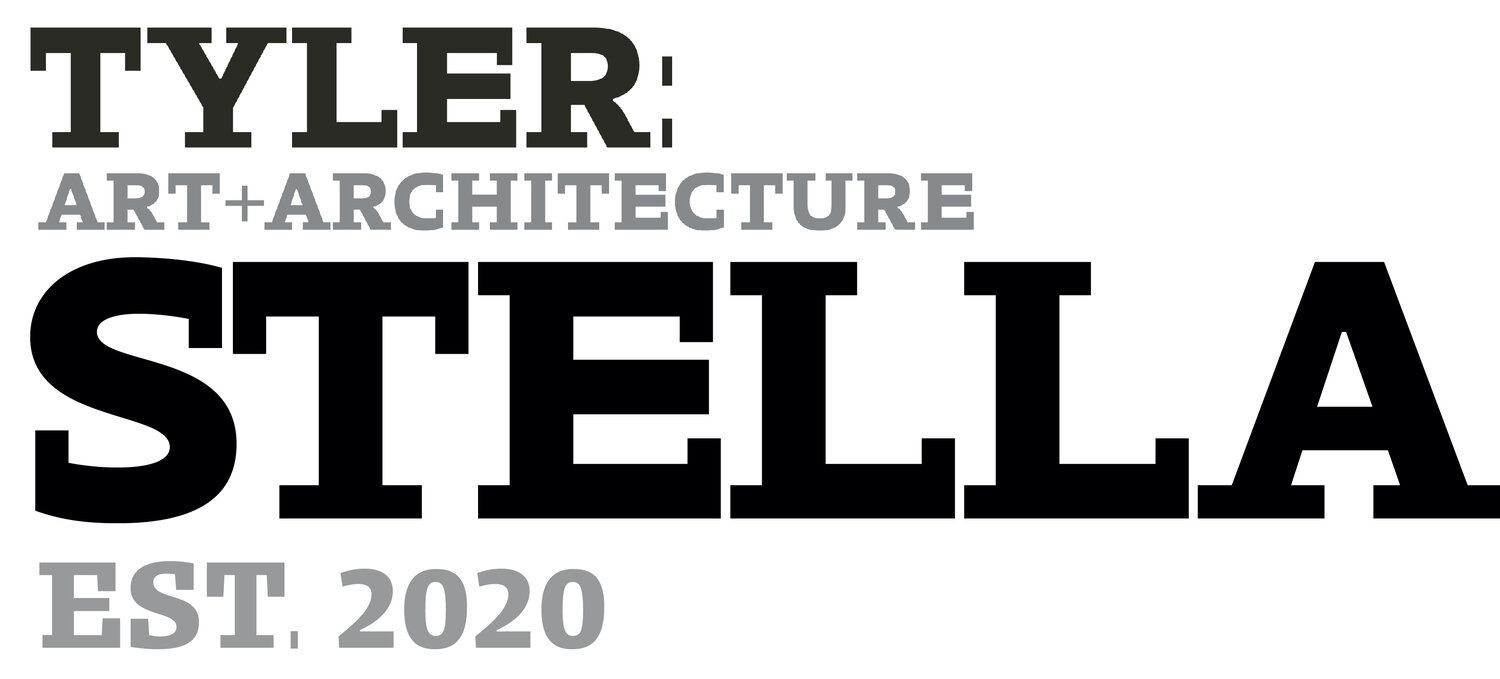Mariann Raad
Fayum Mummy Portraits: Veracious Accounts of Ancient Faces
Portraits tell us not only about the subject, but also how subjects wanted to be depicted. Throughout antiquity, portraits were usually idealized. However, Fayum mummy portraits are represented with profound realism. Just by looking at them we can learn of the subjects age, their probable cause of death, and dressing customs. We also see the merge of Roman and Egyptian culture during the Roman rule of Egypt (30 B.C.E.-395 C.E.), as their aesthetic is Greco-Roman, and function is Egyptian. Fayum portraits are mummy portraits used in burial practices, the portraits were produced before death and hung in the individual's home, at the time of mummification they were cut out and placed on the mummy to aid in the recognition of the body so their “ka”, or spirit could be carried on into their next life. Painted in the encaustic (wax painting) medium, these portraits were made to last an eternity, and here they are in front of us some 2000 years later, still capturing our curiosity.
Portrait of a Young Woman in Red, A.D. 90–120, Encaustic, limewood, gold leaf, H. 38.1 x W. 18.4 cm (15 x 7 1/4 in.), The Metropolitan Museum of ArtThe faint growth of hair, indicated by shadowing on the upper lip identifies that the subject of this portrait is a youth, on the cusp of puberty. His right eye differs greatly from his left, and seems to show signs of an irregularity that has been treated. The grayish fold of skin below the lower eyelid, and the lack of eyelashes are traces of the abnormality. The straight line on the lower lid suggests a surgical cut to relieve the condition. Here we see evidence and signs of ancient medical conditions and procedures.
Portrait of a thin-faced, bearded man, A.D. 160–180, Encaustic, limewood, H. 38.1 x W. 21.6 cm (15 x 8 1/2 in.), The Metropolitan Museum of ArtThis mummy retains the panel inserted over the face, here we see how Fayum portraits were used in burial and mummification practices. The portrait depicts a youth with large deep-set eyes and a slightly furrowed brow. His down-turned mouth is accentuated by his downy mustache which indicates that he is in his early twenties. The mummy remains inside the limewood weaving.
Portrait of the Boy Eutyches, A.D. 100–150, Encaustic on wood, paint, h. 38 cm (14 15/16 in); w. 19 cm (7 1/2 in), The Metropolitan Museum of ArtShe looks at us with large, serious eyes further accentuated by her dramatic eyelashes. Loose curls cover her head and drape her left side, the contrast between the dark black hair and gold leaf accentuate the sparkling gold wreath and jewelry that decorate her. These faces don't follow a formula, each is individualized, as we will continue to see.
Portrait of a Youth with a Surgical Cut in one Eye, A.D. 190–210, Encaustic paint on limewood, H. 35 x W. 17.2 cm (13 3/4 x 6 3/4 in.), The Metropolitan Museum of ArtWe get such an immediate sense of connection looking into this subject's face. We are met with kind, large round eyes, and olive skin. His curly hair and thick beard emphasizes his emaciated cheeks. There is a use of skilled shading on various parts of the face and neck.
Mummy with an Inserted Panel Portrait of a Youth, A.D. 80–100, Encaustic on limewood, human remains, linen, mummification material, Mummy: L. 169 cm (66 9/16 in.); W. 45 cm (17 11/16 in.); Panel as exposed: H. 38.1 cm (15 in.); W. 18 cm (7 1/16 in.), The Metropolitan Museum of ArtThe young teenage boy looks calmly at us with soft, perfectly blended skin and pursed lips. He is dressed in a white Roman tunic with a narrow purple clavus (a vertical stripe) over his right shoulder. A mantle is draped over the left shoulder. The inscription in dark purple pigment below the neckline of the tunic is in Greek, scholars do not completely agree on the inscription's translation. The boy's name ("Eutyches, freedman of Kasanios") seems irrefutable; then follows either "son of Herakleides Evandros" or "Herakleides, son of Evandros." This portrait shows how personalized each portrait is. The shading and use of writing in this portrait differs from the rest but is still a Fayum portrait and is made using the same encaustic technique.
Mariann Raad
(she/her)
Art History ‘22
Instagram: @mariinblue
Mariann Raad was born in Miami, Florida with roots in Cuba and Lebanon. She brings these cultures and ancestral ties into her work as they are central themes in her interests and creative practices. She now resides in Philadelphia, Pennsylvania where she is a Senior at the Tyler School of Art studying Art History with a focus on Ancient Middle Eastern and Islamic Art. With a background in interactive and user centered design, she believes in art and good design as fundamental practices of life. She is skilled in curation, creative direction and storytelling. Outside of this, she enjoys the mediums of screen-printing and watercolor. Her one true love and passion are mangos.








